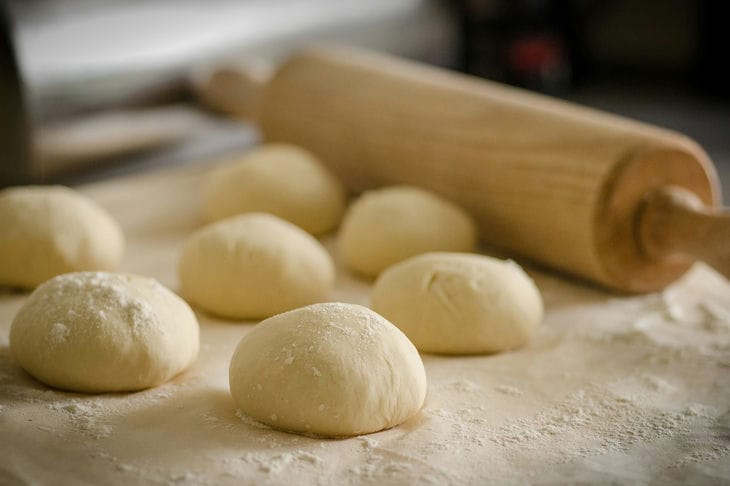Making yeast dough is very difficult, and even experienced bakers sometimes face the problem when it does not rise properly.
Therefore, it is worth figuring out why the dough does not rise and how to quickly correct the situation.
Checking the freshness of yeast
The first step in fixing the dough is to check the freshness of the yeast. If it is old or has not been stored properly, it may lose its activity, causing the dough to not rise.
To check the freshness of the yeast, it is important to dissolve it in warm water with a little sugar and let it "stand" for a few minutes. If the mixture starts to bubble and foam, it means the yeast is still active and suitable for use.
Correct temperature and humidity
Temperature plays a key role in the rising process. If the dough is too cold, the yeast may “work” slowly or not at all. Conversely, too high a temperature can kill the yeast.

It is necessary to make sure that the dough is in a warm and cozy place to rise. It is also important to control the humidity of the air, as too dry or too humid air can affect the quality of the dough.
Additional kneading
If the dough does not rise as expected, additional kneading may be required. This helps activate the yeast and improve the structure of the dough.
It is enough to pour the dough on the table and actively knead it for several minutes. This will help to increase the surface of contact with air, which helps to activate the yeast.
Adding fresh yeast
If all other methods fail, a last resort may be to add fresh yeast to the dough.
You need to dissolve them in warm water or milk and add them to the dough, kneading it as usual. When adding additional yeast, you should consider the risks, because it can lead to over-fermentation of the dough.
Previously we explained what to do if yeast dough does not rise.








